- Home
- About
- Hospitals
-
Treatments
- Orthopedic & Spine
- Knee Replacement
- Carpal Tunnel Release
- Rotator Cuff Repair
- Meniscus Repair / Meniscectomy
- Total Hip Replacement (THR)
- Total Shoulder Replacement
- Arthroscopy
- Ligament Reconstruction
- Spinal Fusion
- Discectomy
- Laminectomy
- Spinal Decompression
- Vertebroplasty and Kyphoplasty
- Fracture Repair
- ACL Reconstruction
- Tendon Repair
- Osteotomy
- Amputation
- Pediatric and Adult Cardiac
- Neuroscience
- Oncology
- Nephrology & KTP
- Gastroenterology & Hepatobiliary
- Obstetrics and Gynaecology
- Infertility
- Dental & Maxillofacial
- Plastic & Cosmetic Surgery
- Rhinoplasty
- Blepharoplasty (Eyelid Surgery)
- Facelift (Rhytidectomy)
- Breast Augmentation (Mammoplasty)
- Breast Reduction (Mammoplasty)
- Breast Lift (Mastopexy)
- Liposuction
- Abdominoplasty (Tummy Tuck)
- Brazilian Butt Lift (BBL)
- Lip Augmentation
- Breast Reconstruction
- Cleft Lip and Palate Repair
- Scar Revision
- Burn Reconstruction
- Botox Injection
- Ophthalmology
- Otolaryngology (ENT)
- Endocrinology
- General and Minimal Invasive Surgery
- Pulmonology
- Rheumatology
- Urology
- General Medicine
- Ayurvedic Treatment
- Orthopedic & Spine
- Doctors
- Contact Us
General and Minimal Invasive Surgery
General Surgery and Minimally Invasive Surgery are two different approaches to
performing surgical procedures.
General Surgery:
Definition: General
surgery is a surgical specialty that focuses on abdominal contents, including the
esophagus, stomach, small intestine, large intestine, liver, pancreas,
gallbladder, appendix, and more.
Scope: General
surgeons are trained to treat a wide range of conditions and perform various surgical
procedures. They may also have expertise in areas such as trauma surgery,
critical care, and surgical oncology.
Minimally Invasive Surgery (MIS):
Definition: Minimally
invasive surgery refers to surgical techniques that minimize the size and number
of incisions used during a procedure. It is also known as laparoscopic or
keyhole surgery.
Approach: In
minimally invasive surgery, surgeons use small incisions through which they
insert specialized instruments and a camera. The camera provides a magnified
view of the surgical site, and the surgeon performs the procedure by
manipulating the instruments externally.
Advantages: MIS often
leads to shorter recovery times, less pain, and reduced scarring compared to
traditional open surgery.
In summary, general surgery is a broad field that encompasses various
abdominal surgeries, while minimally invasive surgery is a technique that can
be applied across different surgical specialties to reduce the invasiveness of
procedures. Many general surgical procedures can be performed using minimally
invasive techniques, offering patients potential benefits in terms of recovery
and outcomes.
.png)


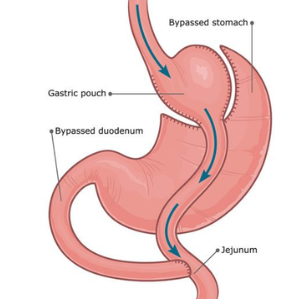
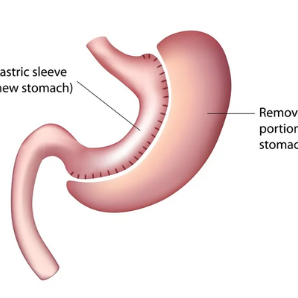
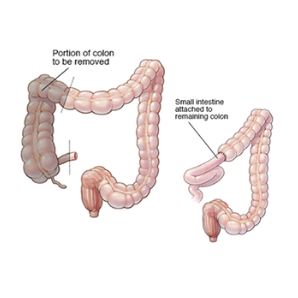
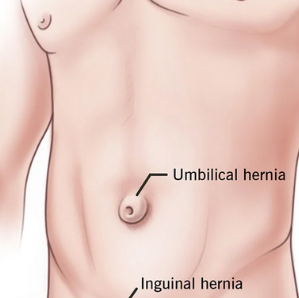
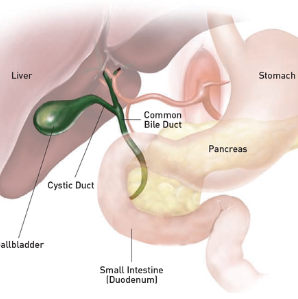
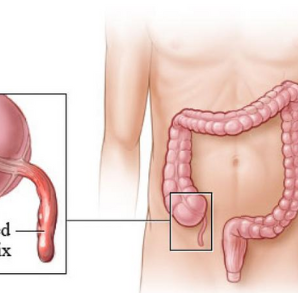
.png)